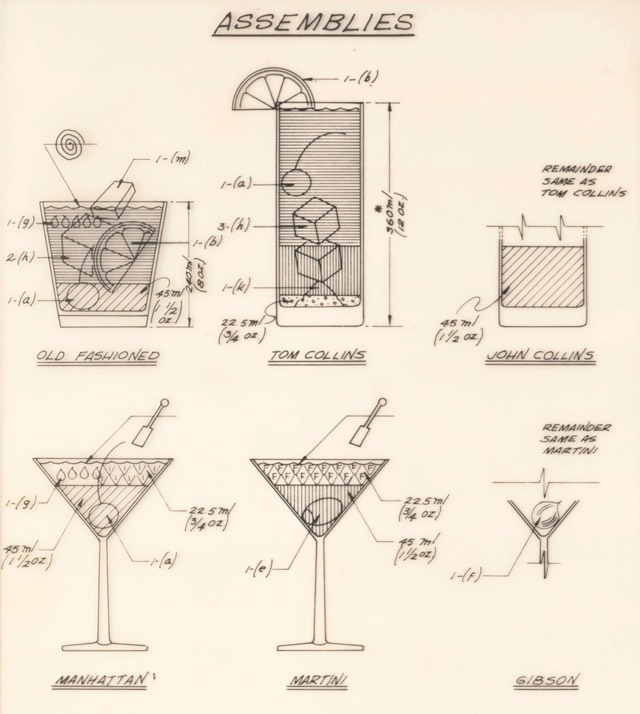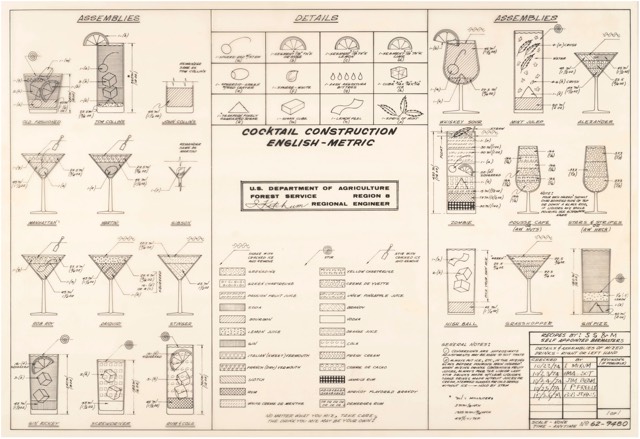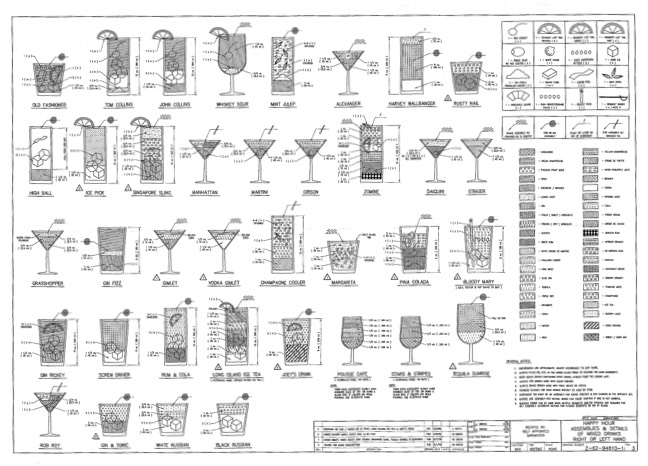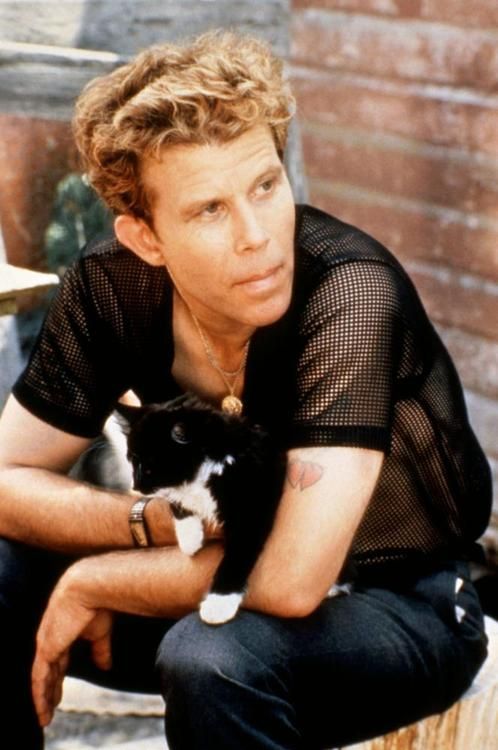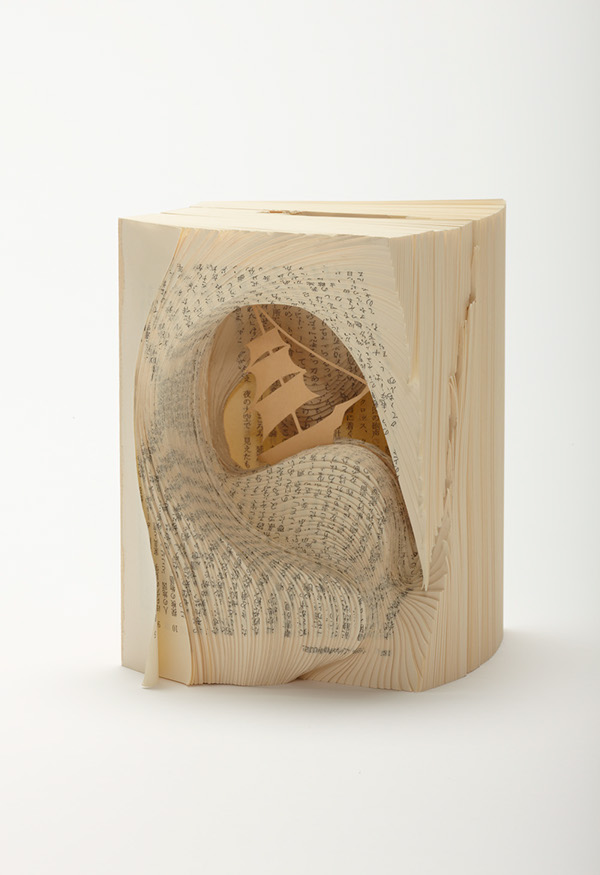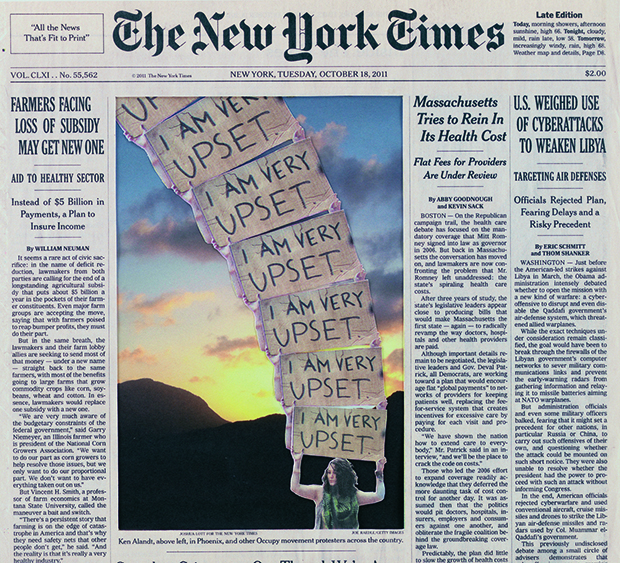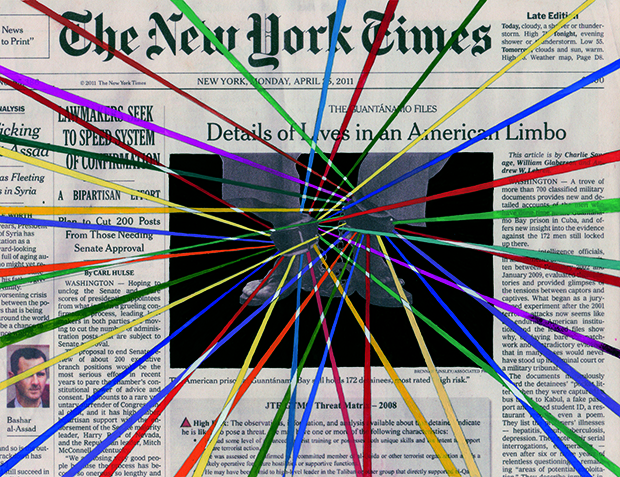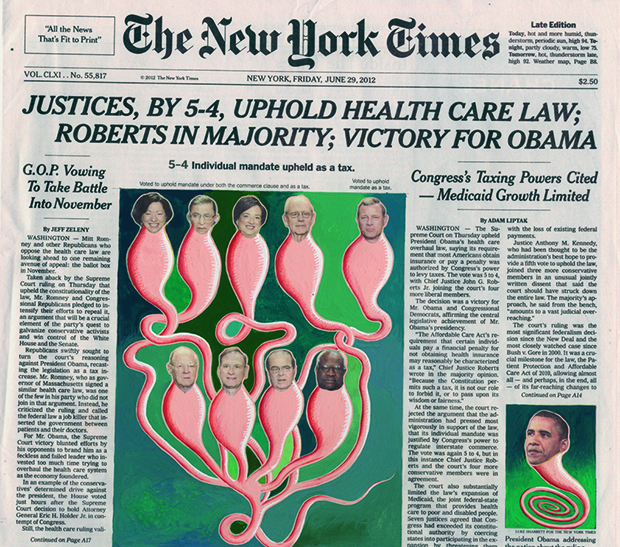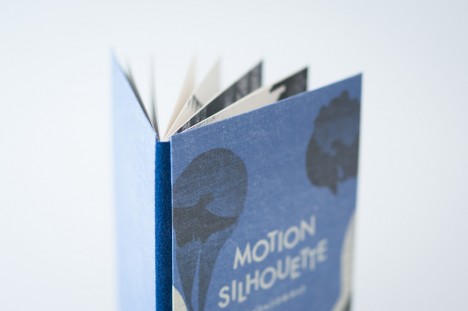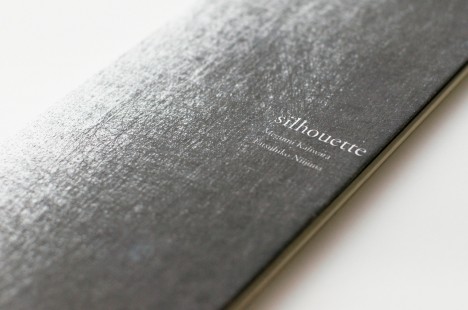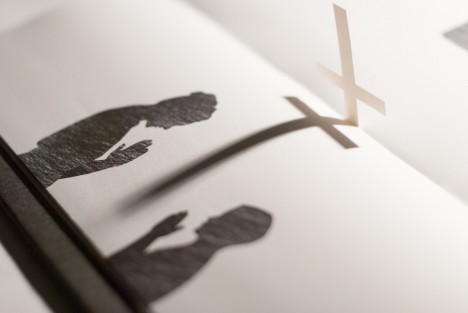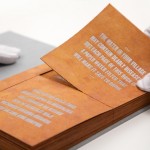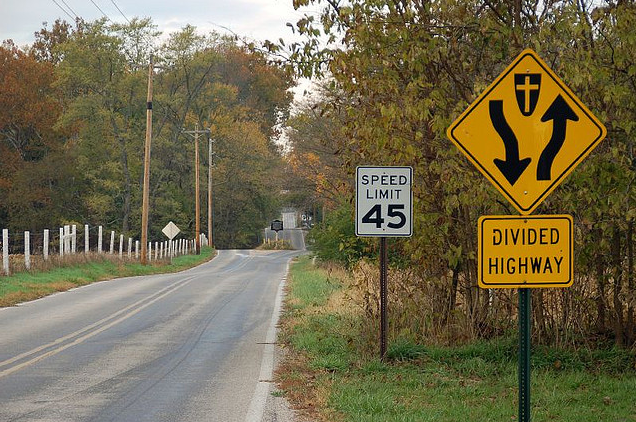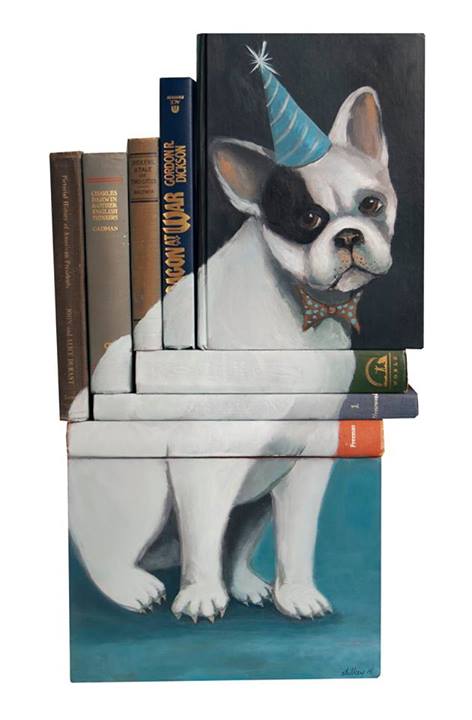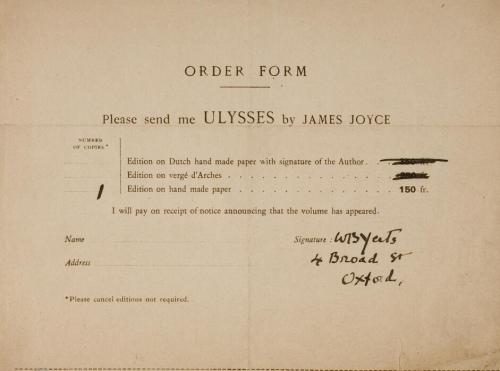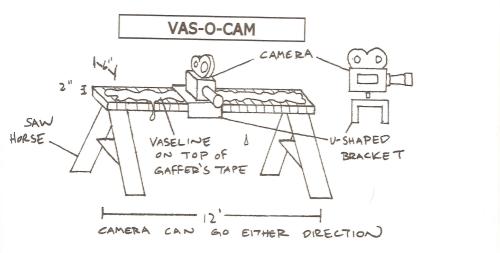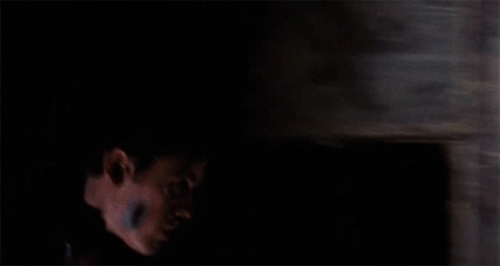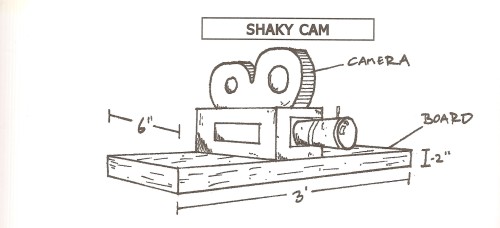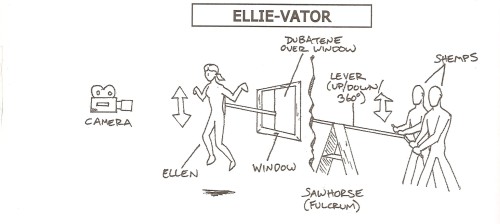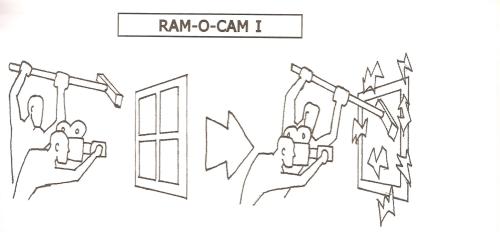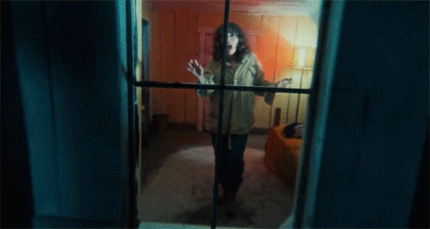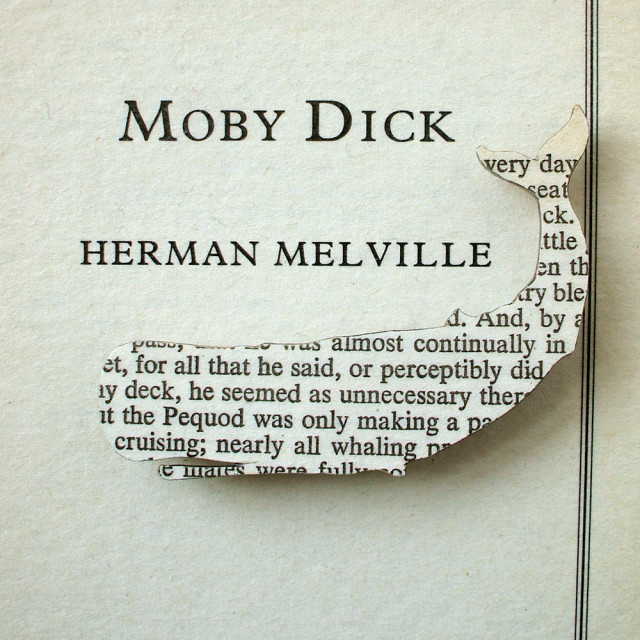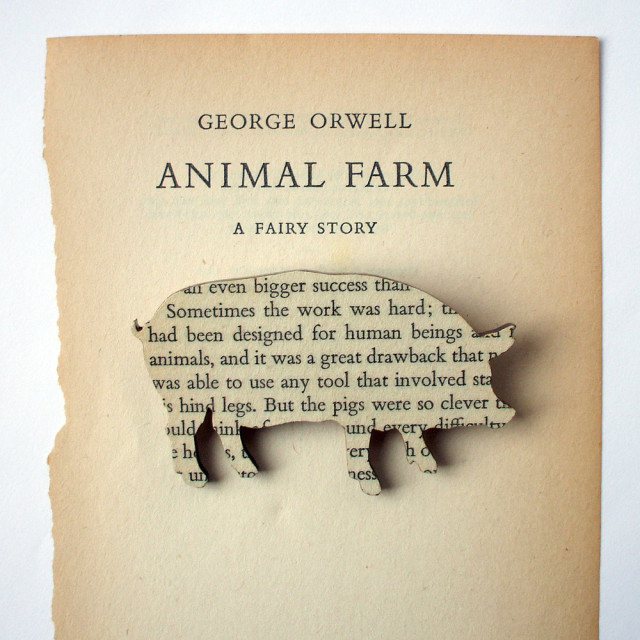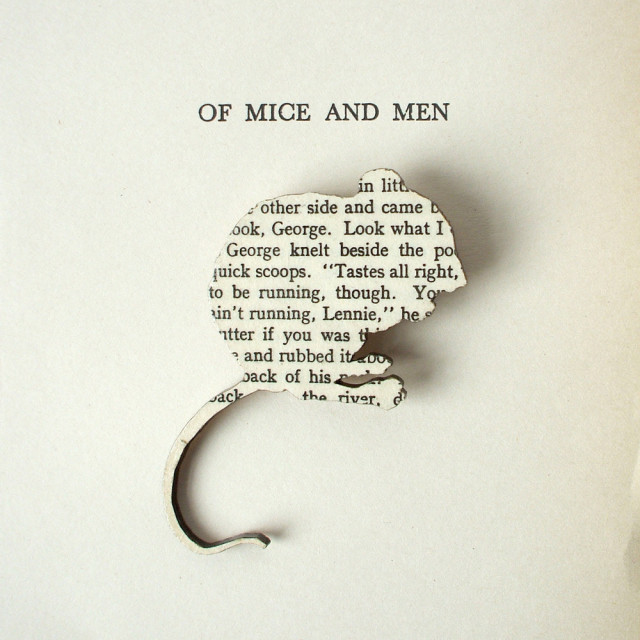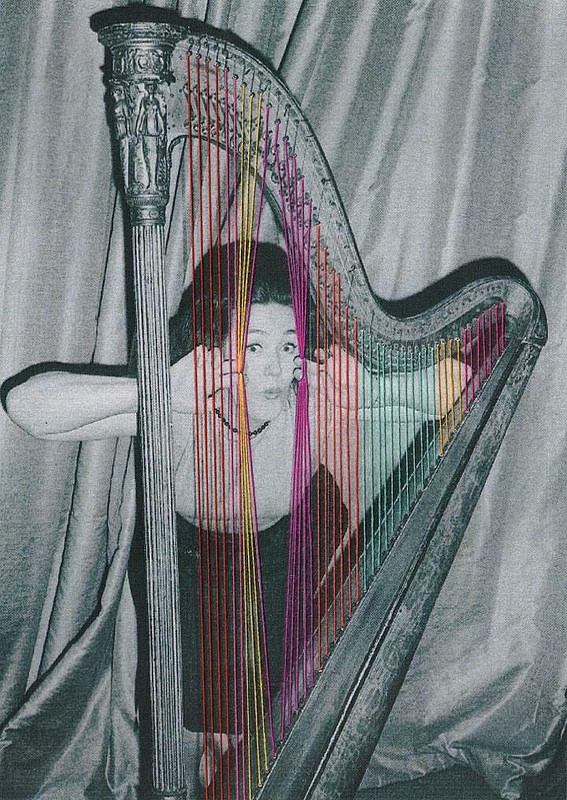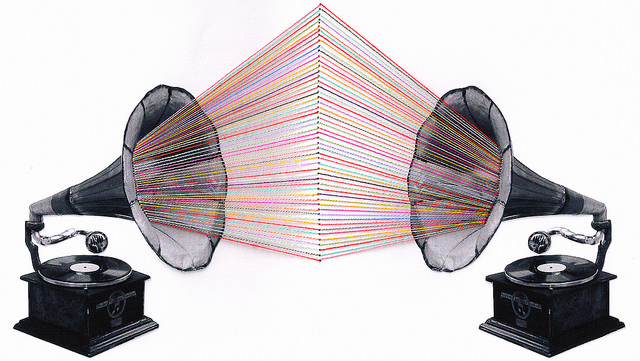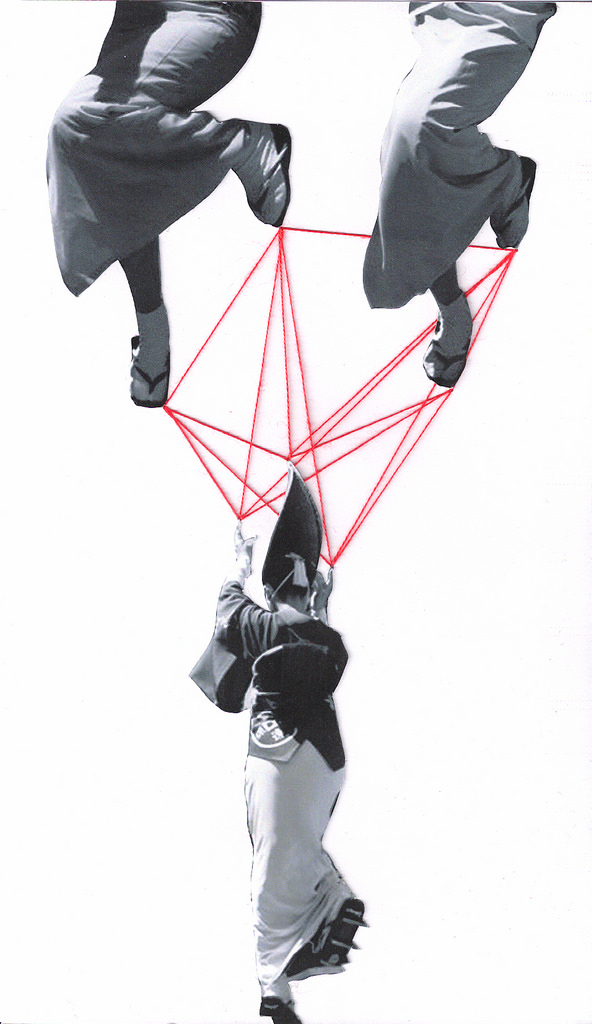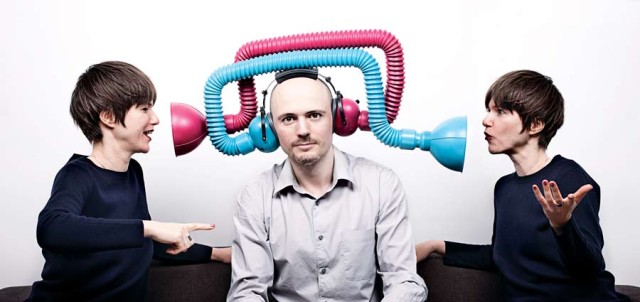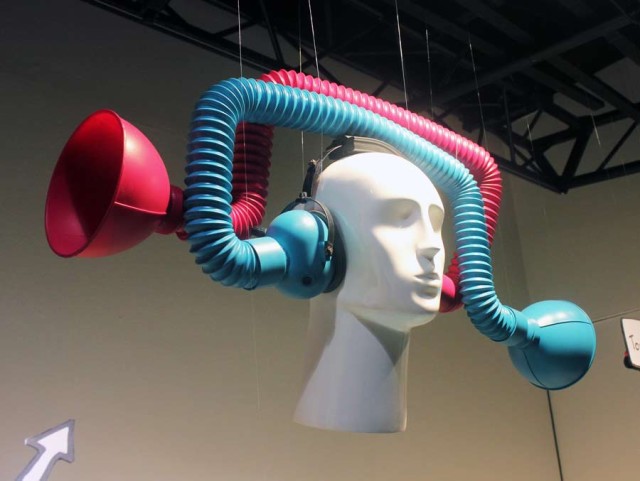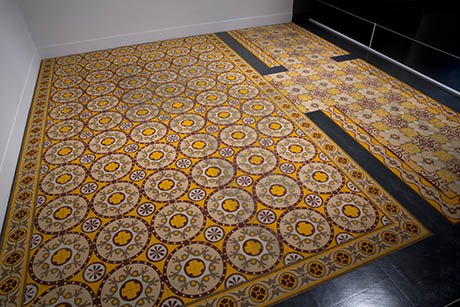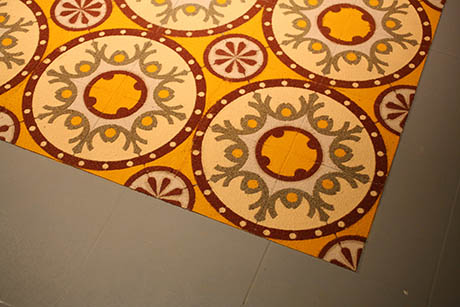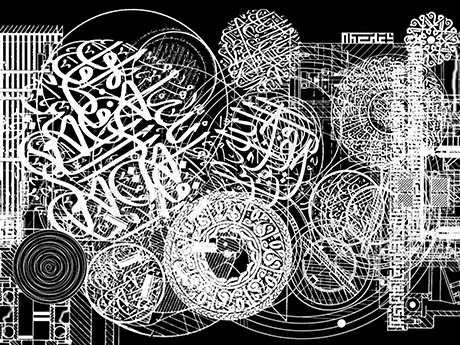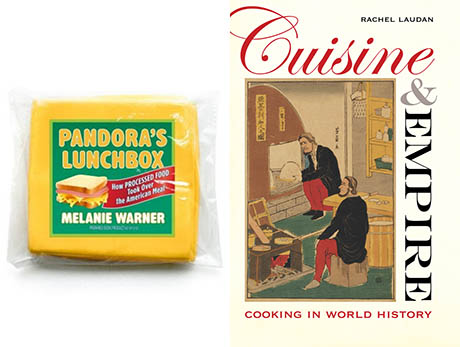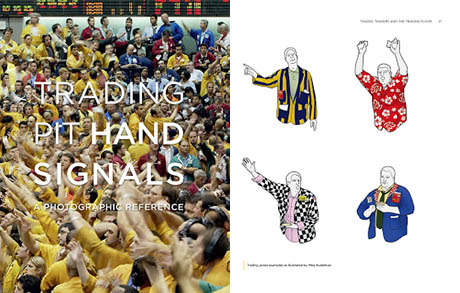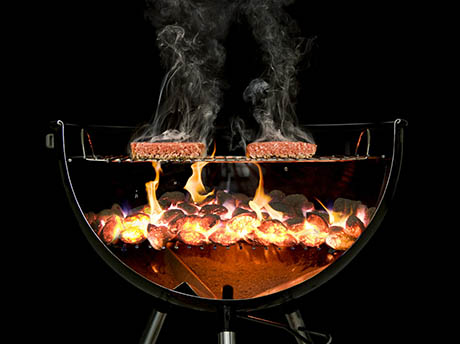
I’ve fallen in love with my copyeditor Susan Bradanini Betz. Not only did she find all the mantle/mantel homonym errors in my novel manuscript, she also helped me with my commas and discovered a couple of embarrassing inconsistencies. (“First she had a briefcase,” one of her notes reads. “Now it’s a suitcase.”) She is both respectful of style and sharp as knives about grammar. Also, she said she’d read a sequel to my book — if not a whole series! — so of course I love her.
I’ve always been curious about a copyeditor’s process and Susan was kind enough to answer a few questions of mine. Susan has been in the publishing business for, as she puts it, a zillion years. She’s worked in-house as both a copyeditor and an acquisitions editor, and currently freelances, mostly for Knopf and Soho Press. She recently started working with Little, Brown again, which was one of her main clients in the 1980s and 1990s. She lives in Chicago.
The Millions: You have worked in book publishing for years, not only as a copyeditor but as an in-house editor doing acquisitions and all that. You told me copyediting is your favorite of these jobs. Why?
Susan Bradanini Betz: When I copyedit, I get closer to the manuscript than I was ever able to as an acquisitions editor. I read every single word, looking at each word and tracking the syntax, not skimming over sentences. It’s not my job as a copyeditor to suggest big-picture changes or comment on quality, so I am focused on the story and the language at the word and sentence level. I keep the reader in mind and try to anticipate what might be confusing or problematic; I check facts and dates, track characters and events for consistency; and I do the most thorough read I possibly can, coming away with an in-depth understanding of the work that wasn’t possible for me in acquisitions.
As a freelance copyeditor, I work for publishers who expect me to do a thorough job. And when I find an error in a novel’s chronology or an incorrect date in a nonfiction book, I feel that is as important to the integrity of the book as when I used to suggest switching chapters around.
TM: What are the copyeditor’s particular pleasures and challenges?
SBB: I love being able to read a manuscript closely, word by word or even, when something is particularly dense, syllable by syllable. (Yes, I have done that.) The main challenge, other than the usual one of balancing deadlines with quality, is making a sustainable living as a freelance copyeditor. With Obamacare, I’ll have health insurance for the first time in quite a while.
TM: Can you describe how you go about copyediting a manuscript? That is, what’s your reading process like? How in the hell do you manage to catch the smallest of errors?
SBB: Ideally, I’d have time to read through every manuscript twice: once to mark everything and once just to read and find whatever I missed the first time through. But the schedules don’t allow for that. Plus, I usually end up reading each sentence multiple times anyway.
So, when I get a manuscript, I just start right in on page one. I don’t page through or skim the manuscript first because I want be aware of the evolution of the story and the order in which information is presented. That way, if some detail important to the reader’s understanding was inadvertently dropped in the author’s revision process, I’m more likely to catch it.
I usually read the first 60 to 100 pages without marking anything but the most cut-and-dried items — serial commas, typos, backward quotation marks, those sorts of things. I start my style sheets right away on page one, keeping track of the author’s existing style for thoughts, words, dialogue, and so on, and noting what seems intentional and what seems unintentional.
Once I’m familiar with the author’s style and voice, which usually happens around page 60, I begin making copyediting changes that I hope are consistent with the author’s intent and the publisher’s expectations. I query a lot rather than changing a lot. When I reach the end of the manuscript, I go back and copyedit those first sixty pages.
Creating style sheets is the secret to catching small errors. I am obsessed with my style sheets. I keep a word list, a character list, a list of places (fictional and real), a chronology, a general style sheet, a list of hyphenated modifiers, and any other list that helps me keep track of everything. I usually fact check as I go, although when I’m pressed for time I make a list of items to look up later, sometimes after I’ve returned the manuscript to the publisher. In those cases, I send a list of corrections that can be added by the production editor to the first pass. (Ha-ha, if someone else wrote this paragraph, I’d query the repeat of “list” — I used it seven times in five sentences.)
Because I read slowly, I also remember odd little details that provide a strong visual image, and so as I read along, if my visual image is jarred by a description, I’ll backtrack to figure out if there’s some inconsistency. I remember more details about characters in novels I’ve copyedited than I remember from my own life.
TM: Can you turn off your copyediting mind when you’re reading for pleasure?
SBB: No, I can’t turn it off, but believe it or not, that mind-set makes pleasure reading more pleasurable for me. When reading for pleasure I don’t read as slowly as when I copyedit, but I am not a fast reader. Often I will read a sentence more than once, then flip back and forth comparing it with other sentences, just like I do when copyediting. I think I’ve always read like a copyeditor, even way back before I knew what a copyeditor was. One of my favorite authors is Proust, and when I was young I would read some of his sentences over and over trying to make sure I understood how every word related to the other words and just to make sure I understood what he was saying.
TM: So I guess it’s possible to have fun reading while you’re copyediting…
SBB: Yes! I have fun reading nearly all the manuscripts that come to me — maybe all. I think of my job as publishers setting up an amazing reading list for me.
I try not to read ahead of my editing, but sometimes it’s impossible not to because I’m so caught up in the story. Many things can only be noticed when you are reading slowly and reading something for the first time. If I read ahead, I have to go back and reread everything at a copyediting pace. But because I already know what’s going to happen, I might make assumptions that don’t take into account the reader’s limited information at that point in the story
TM: In a conversation between Michael Pietsch and Donna Tartt that ran in Slate, Pietsch quoted from the letter Tartt sent to her copyeditor for The Goldfinch:
I am terribly troubled by the ever-growing tendency to standardized and prescriptive usage, and I think that the Twentieth century, American-invented conventions of House Rules and House Style, to say nothing of automatic computer functions like Spellcheck and AutoCorrect, have exacted an abrasive, narrowing, and destructive effect on the way writers use language and ultimately on the language itself. Journalism and newspaper writing are one thing; House Style indubitably very valuable there; but as a literary novelist who writes by hand, in a notebook, I want to be able to use language for texture and I’ve intentionally employed a looser, pre-twentieth century model rather than running my work through any one House Style mill.
What are your thoughts on Tartt’s argument? (And were you the copyeditor to receive this note?!)
SBB: Yikes — no, fortunately, I wasn’t the copyeditor to receive that note. But often, when an author has that kind of reaction, it’s a result of misunderstanding. Most copyeditors don’t want to alter anything in a manuscript that the author has done on purpose.
The house style is set by the publisher, and copyeditors generally receive a manuscript without any guidelines other than to follow the house style for that publisher. And “house style” doesn’t refer to writing style but to mechanics such as capitalization, hyphenation, spelling (most often the house dictionary is Webster’s 11th), and so on. In addition, copyeditors watch for dangling modifiers, subject-verb and antecedent-pronoun agreement, repeating words, chronology, consistent names and dates, among other things. And they are expected minimally to verify dates, proper nouns (personal names, place-names, streets and highways, institutions, etc.), foreign words, brand names, slogans or advertisements — really, to verify as much as possible within the allotted time. Add to that that freelancers have no benefits and work for an hourly rate, so getting continual work from a publisher is important. What all that means is that the copyeditor is pressed for time and is unlikely to go against house style unless instructed to do so, for fear that the publisher will think she just doesn’t know how to copyedit.
Copyeditors are always guessing at the author’s intentionality, and a copyeditor who assumes everything the author has done is inadvertent does come off as a harsh schoolmarm. For example, in the note the author writes “Twentieth century, American-invented conventions.” A copyeditor would revise that as “twentieth-century, American-invented conventions,” assuming that the cap T in “Twentieth” was a typo, and the inconsistent hyphenation of compound modifiers was an oversight. However, “House Style,” which is not a proper noun, is capped three times in one paragraph. For me, that would be a signal that the author might have a personal cap style that I shouldn’t mess with. So I’d probably query the author about her intentionality regarding caps, calling out the occurrences so she can double-check that everything is as she wants it. If the copyeditor doesn’t at least call out the nonstandard style with a query, someone will do it later — either the production editor or the proofreader or even someone in publicity. And if the issue is raised after typesetting, the publisher is perfectly justified in asking why the copyeditor hadn’t settled that question earlier.
But that said, as an acquisitions editor, I saw copyeditors make all sorts of unjustified changes. And when I was acquiring poetry and fiction, I would sometimes lose it myself when I saw what copyeditors would do. I once had a copyeditor rewrite the last paragraph in a novel, which made the author (and me) go ballistic. The final paragraph! As if the author hadn’t given it considerable thought.
And sometimes a copyeditor is just mismatched to a project. Last year a publisher asked me to do a second copyedit on a memoir that had been thoroughly (way too thoroughly) copyedited already. The first copyeditor had changed so much that the author became paralyzed about a third of the way through his review of her changes. According to what the publisher told me, and from what I could tell from the author’s comments on her comments, he not only felt the copyeditor didn’t understand his work, but he started doubting his own choices. When I looked at the first copyedit, I understood the reasons behind nearly all of her changes, but I also saw that she clearly did not get this author’s humor or his unique voice, which often involved nonstandard syntax. She had done a ton of work recasting passive sentences and paring down “awkward” (and by “awkward” I mean “hilarious”) sentences. And in many places he had agreed to a change that honestly purged all the humor and personality from a passage. So then I would query if it was OK to reinstate his original as it was better than the copyedited version. That was a case of a complete mismatch.
TM: Is there a tension between what you know to be “correct” and the artistic license of the writer? How do you handle that tension?
SBB: I see my job as a copyeditor less about enforcing rules than about making sure the author is aware of anything in the manuscript that is nonstandard and confirming that any variations from standard grammar and punctuation are intentional. In my queries, I try to get across the idea that just because I’m asking a question doesn’t mean that something needs to be changed. As you know, I often qualify my questions by saying something like “just checking” or “it might be just me” or “not really necessary to change.” Especially with poetry, I love when an author responds with “yes, that is intentional,” because it means he or she truly thought through the style, so I don’t have to be so OCD about it.
TM: Have you noticed any new style and grammar trends in the last five years?
 SBB: New copyediting trends generally pop up after a new edition of The Chicago Manual of Style is published, and the 16th edition came out in 2010. New guidelines in CMOS cause publishers to reevaluate their current house style, because they have to decide what changes they will incorporate from the new edition. These are changes like what to do about capping a generic geographic noun when it follows more than one proper noun — so is it “Illinois and Chicago rivers” or “Illinois and Chicago Rivers”? The style has changed back and forth over the last editions of CMOS, but it’s something really only copyeditors get excited about.
SBB: New copyediting trends generally pop up after a new edition of The Chicago Manual of Style is published, and the 16th edition came out in 2010. New guidelines in CMOS cause publishers to reevaluate their current house style, because they have to decide what changes they will incorporate from the new edition. These are changes like what to do about capping a generic geographic noun when it follows more than one proper noun — so is it “Illinois and Chicago rivers” or “Illinois and Chicago Rivers”? The style has changed back and forth over the last editions of CMOS, but it’s something really only copyeditors get excited about.
For informative and entertaining updates on the state of copyediting, I keep up with Washington Post copyeditor Bill Walsh’s Twitter feed.
Just anecdotally, in the manuscripts I receive, I’ve noticed a lot of two-word proper nouns closed up (like “SpongeBob”), a result of tech product names, I guess. So when an author creates a fictional product or company now, it’s often one word made up of two.
I’ve noticed, too, that a lot of authors are omitting the word “that” and putting a comma in its place in dialogue or first-person narratives in fiction. I think that’s because many throwaway phrases currently used in conversation omit “that,” and the speaker pauses — for example, “I mean, I had a really good time at the party.” Almost every novel I’ve worked on in the past few years had at least one “I mean, . . .” in dialogue. And in just about every conversation I have in real life someone uses the phrase. But the comma for an omitted “that” happens with other constructions, too, as in “She was so late, she missed the show” rather than “She was so late she missed the show” or “She was so late that she missed the show.”
TM: What are your favorite errors to fix?
SBB: I love to find errors that are important to the accuracy or quality of the manuscript, because then I feel as if my copyediting is contributing something more than tiny details. So, for example, things like a character being described as not having visitation with his kids later taking them somewhere on “his” weekend, or someone beginning a scene sitting on a couch, then rising from a chair, or a character drinking a shot of whiskey but getting a refill on her red wine. Those are errors that usually result from the author’s revisions and multiple drafts, and they can slip past easily. I also like to catch dangling modifiers, because we all miss those, so it means I’m paying attention. I never change any of these, though, without querying, and most often I will just call them out to the author with a query. And, yes, I have had authors who say that dangling modifiers are part of their style and don’t want to change them.
TM: I am proud that you said my manuscript was “clean,” but I was also appalled by my misuse of the comma! Can you provide three rules for comma use to put in my back pocket for the next book?
SBB: It isn’t so much that commas are misused as that authors often don’t realize their phrasing is effective enough to make the addition of nonstandard commas unnecessary. A comma isn’t always needed to make the reader catch the pause in dialogue or narrative; often the syntax does that just fine, and an unnecessary comma slows the reader down too much.
So, in addition to the serial comma (“I adopted a lab mix, a poodle, and a Lhasa mix”), here are the three commas that I think work best when handled per standard punctuation style:
1. Avoid a comma between elements of a series connected by conjunctions.
I adopted a lab mix and a poodle and a Lhasa mix.
2. Add a comma between independent clauses connected by a conjunction unless each clause is short, especially if the conjunction is “but.”
I used to foster dogs, but I had to stop after I adopted Frank.
3. Avoid using a comma between compound predicates or objects.
I brought Frank home as a foster dog and just couldn’t return him to the shelter.
I’ve had many dogs but never bought a puppy from a pet store.
I feed my dogs kibble and homemade treats.
4. And a bonus tip: Always add a comma after a phrase or clause ending in a preposition to avoid “reading on.”
After I put my coat on, the dogs knew it was time to go out. (Even “After I put on my coat, the dogs knew it was time to go out” reads better with the comma, though there’s no chance of reading on.)
Image Credit: LPW















